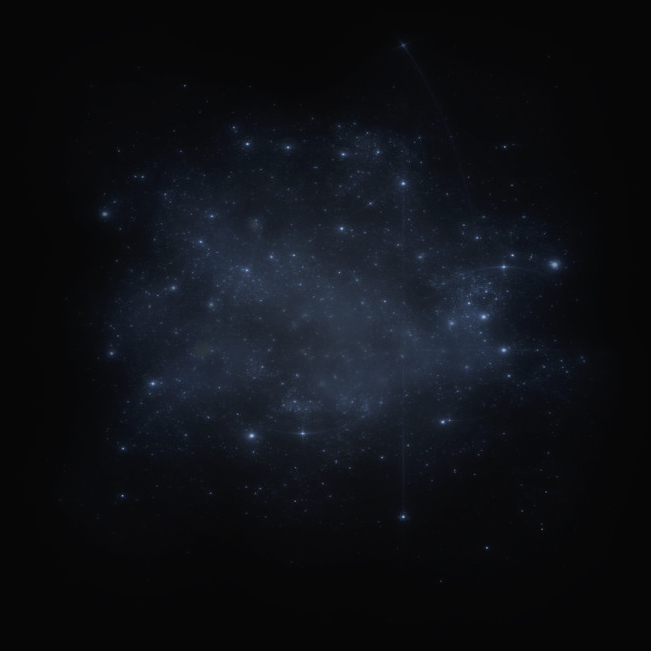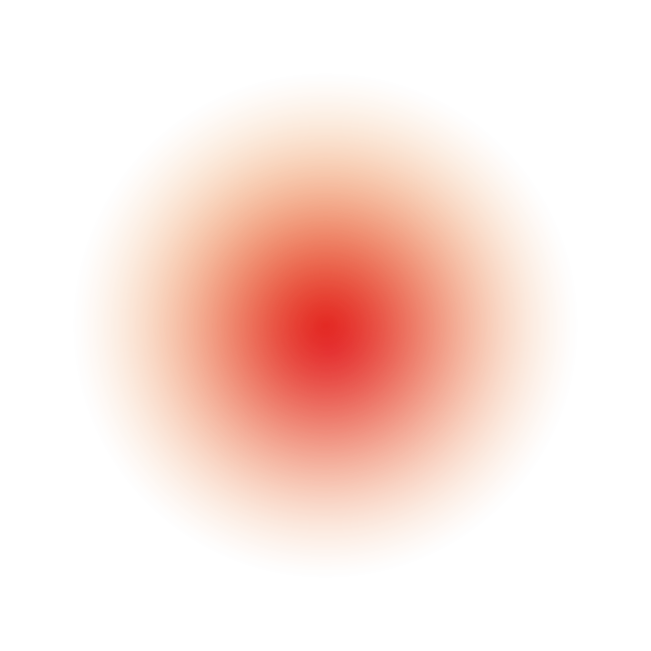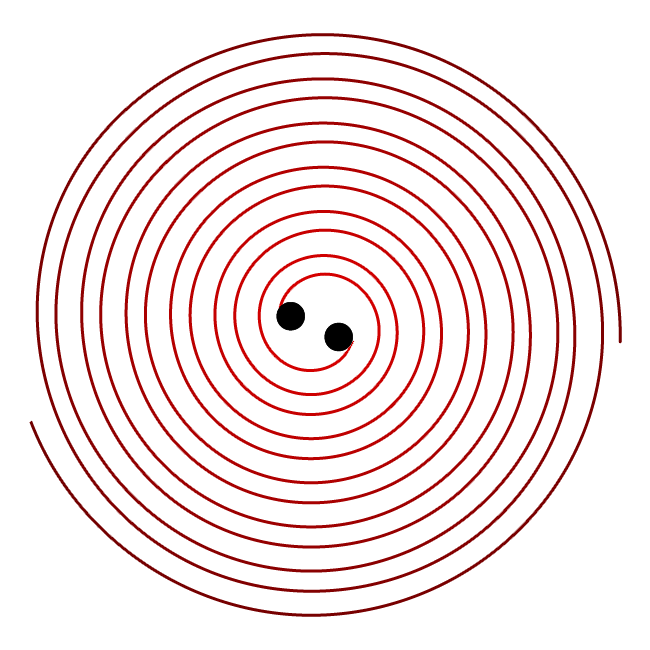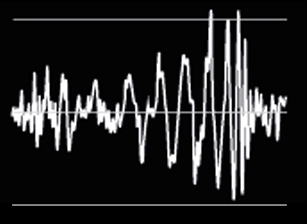Understanding gravitational waves
About 1.2 billion years ago in a distant galaxy, a pair of black holes was 36 times the mass of our sun, and the smaller one 29 times.
The intense gravity accelerated the black holes to half the speed of light, pulling them closer and carving distortions in space and time.
In a fraction of a second, the pair collided and merged into an irregular shape.
The unstable blob smoothed into a sphere, a process called ring down. Three solar masses' worth of energy were vaporized in a storm of gravitational waves, distorting space and time and leaving a new black hole 62 times the mass of the sun.
The invisible waves rippled outward at the speed of light. But waves fade with the distance, and when they finally reached Earth, the distortions were too small to be measured above the heat, noise and other vibrations of our planet.
LIGO is a pair of L-shaped observatories 3,000km apart. Ultra-pure mirrors at the ends of each arm are isolated from vibrations. Passing gravitational waves push and pull the arms, changing the length of tunnels by less than the width of a proton.
On Sept 14, LIGO's detectors measured their first vibrations from a gravitational wave. Translated to sound, it was a short chirp, the billion-year-old echo of the collision of those two black holes.
Replay
Source: The New York Times
TODAY Infographic: Adolfo Arranz, Calvin Chia

